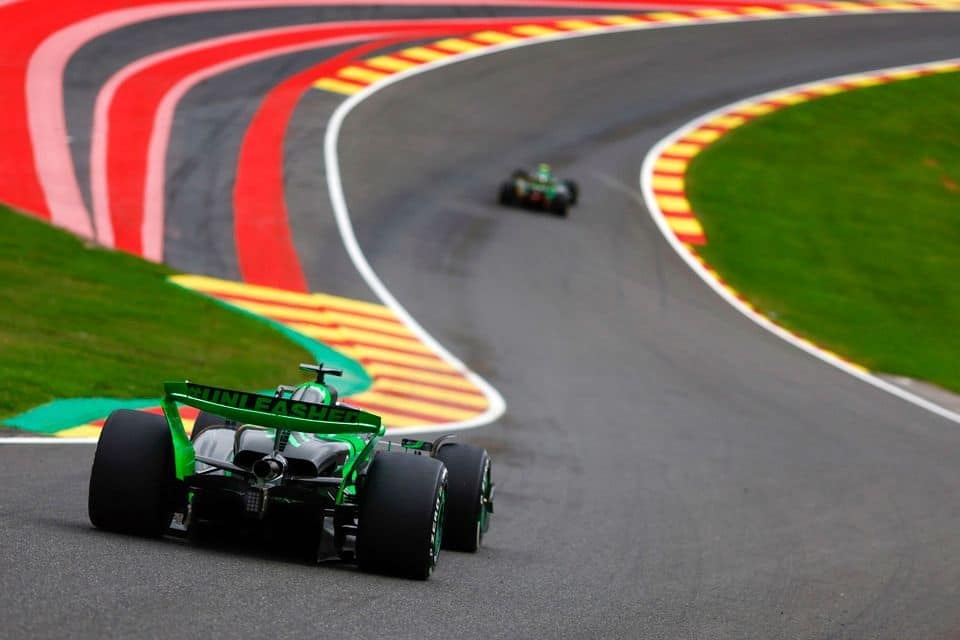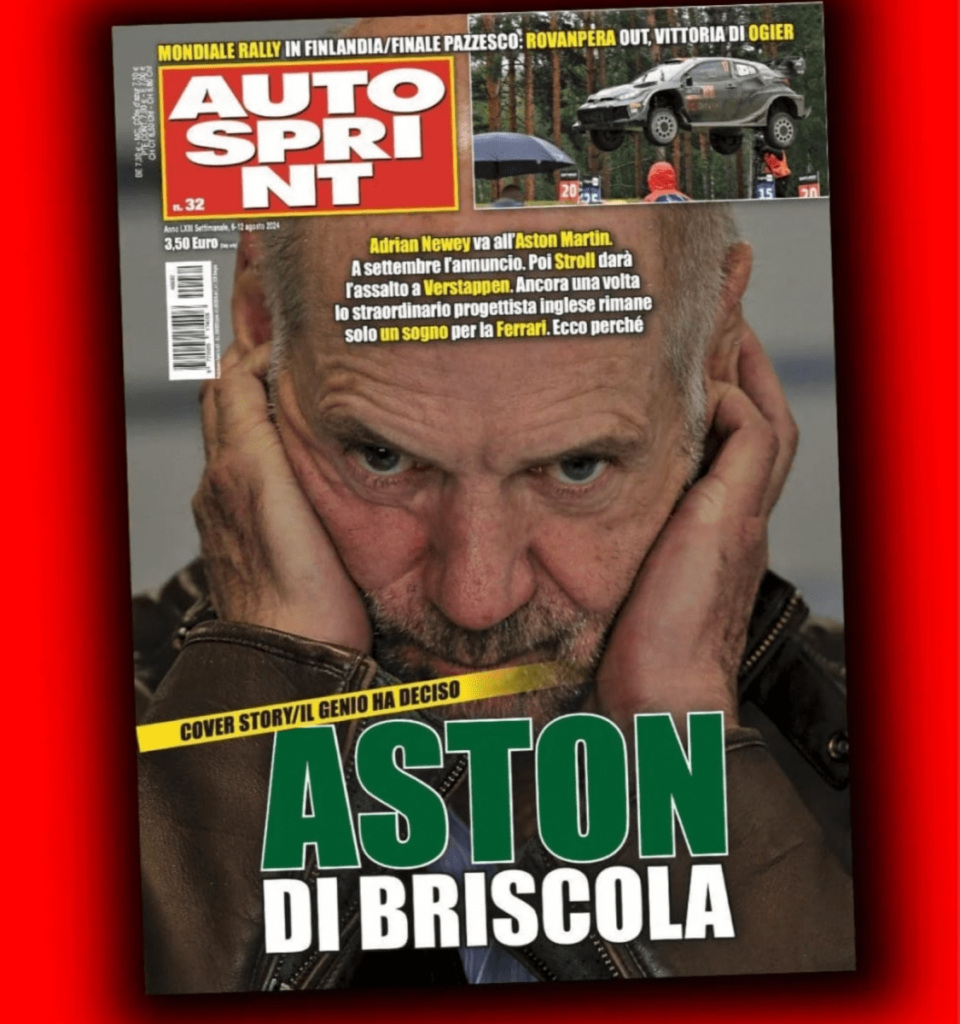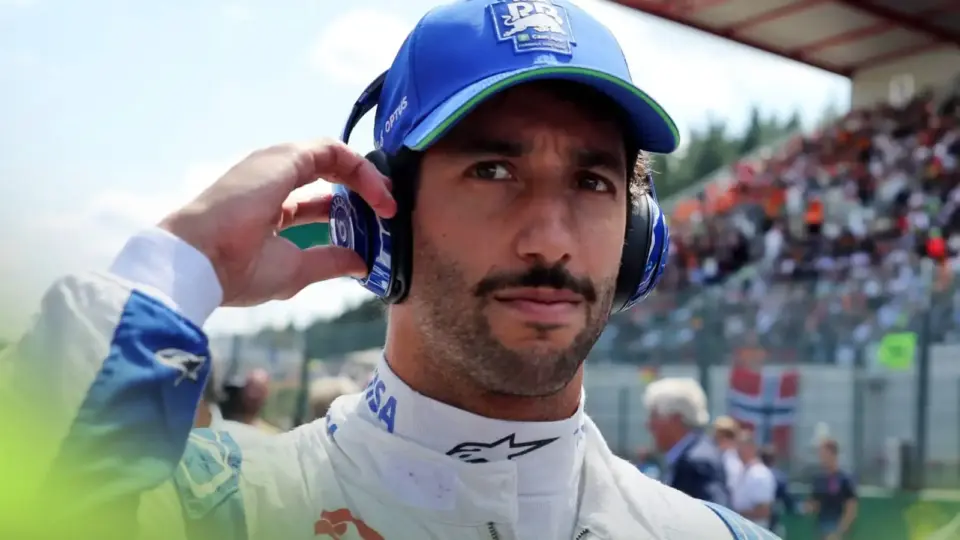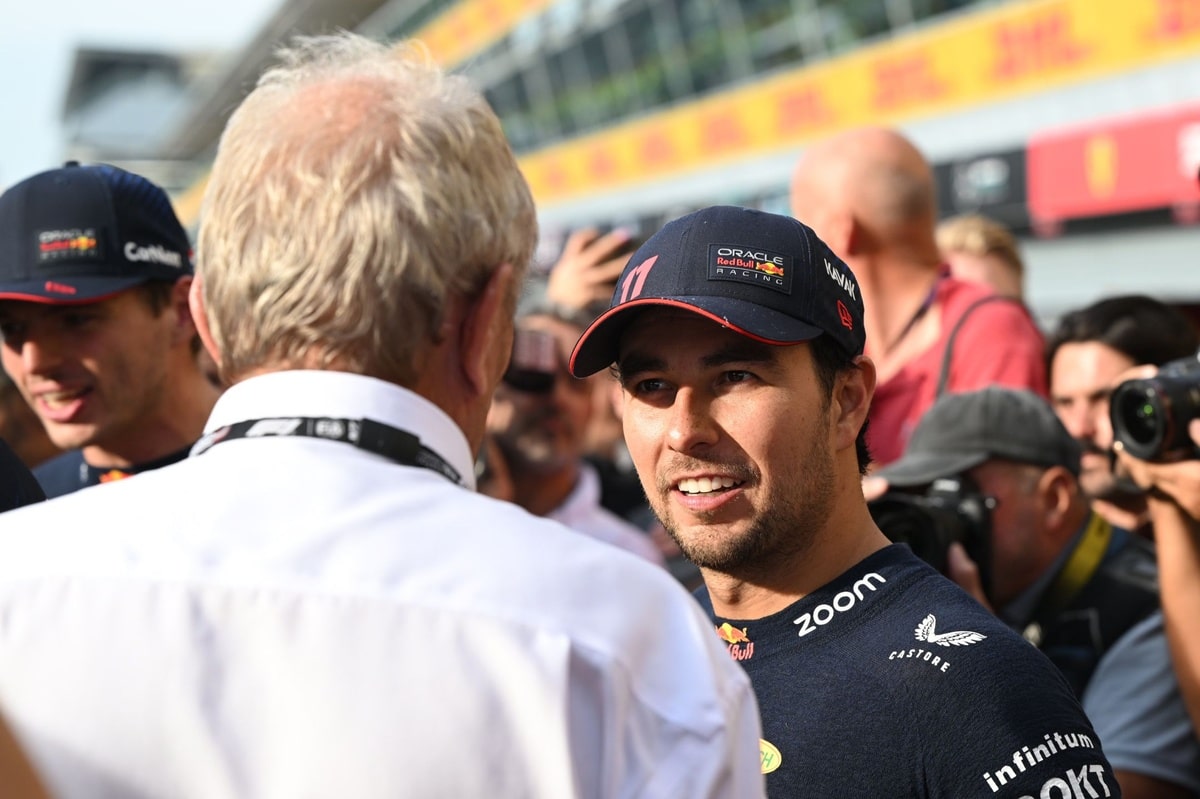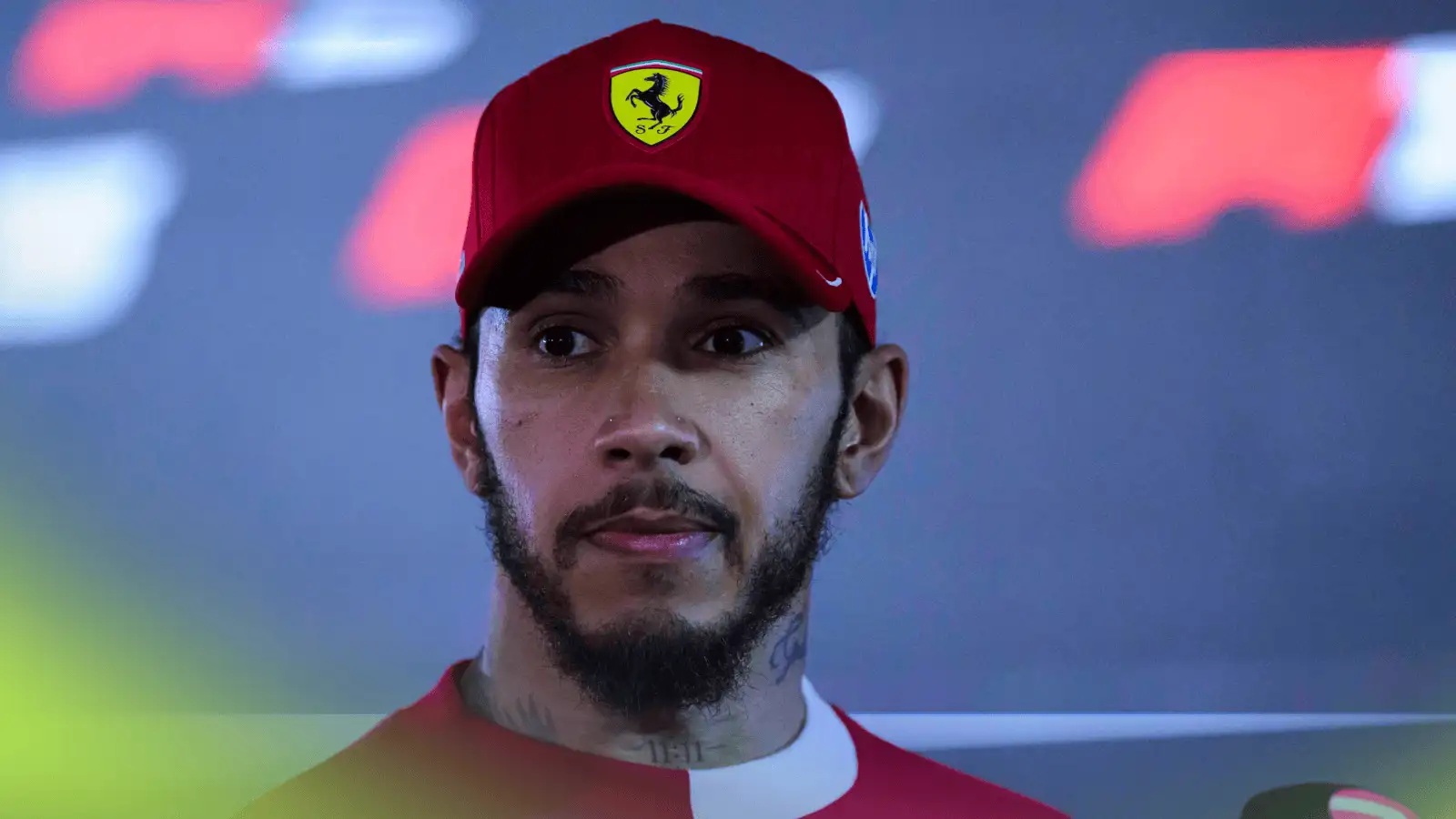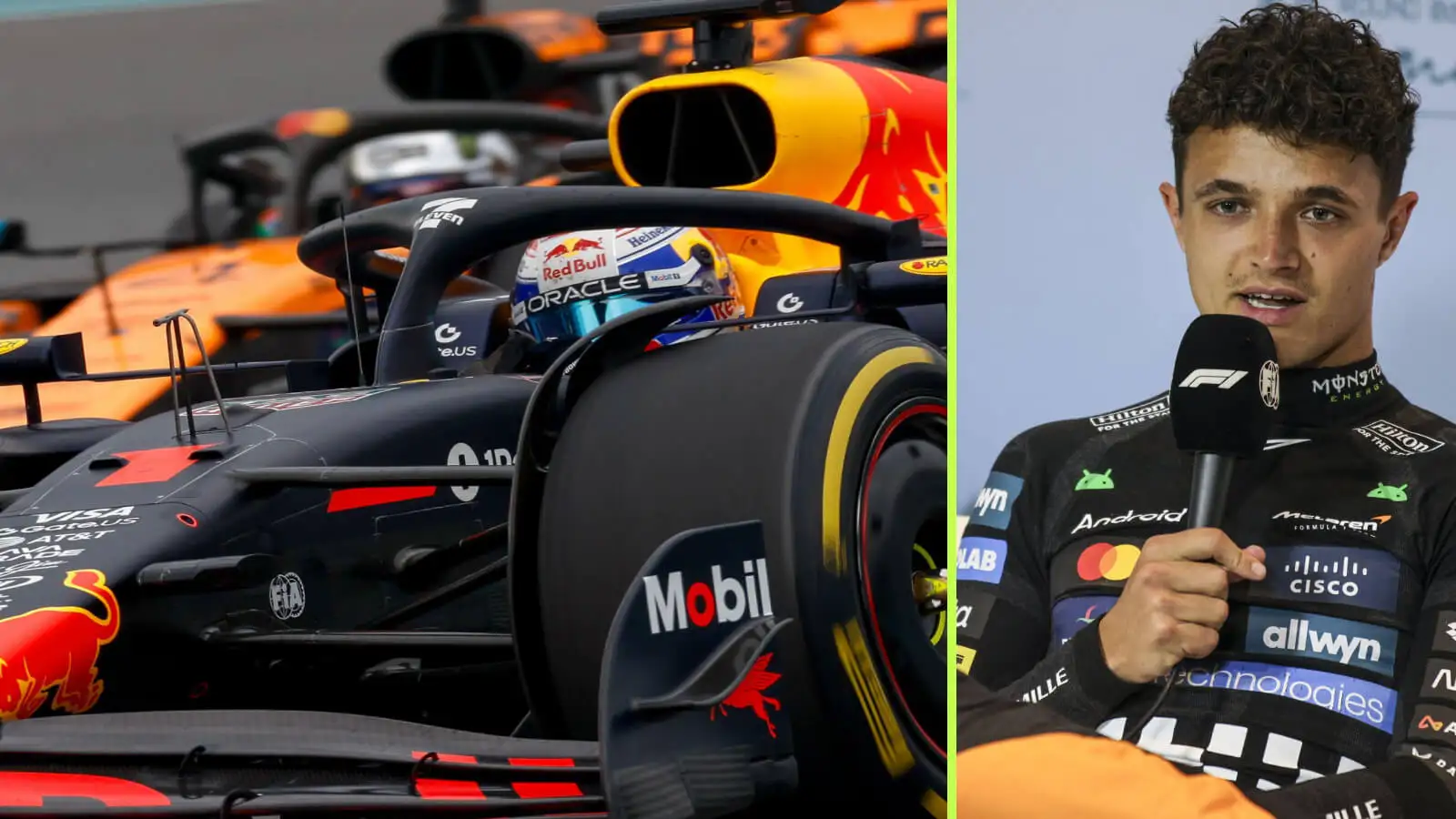A variable weather forecast for the Belgian Grand Prix weekend, with rain anticipated for qualifying ahead of a dry race, is setting the stage for a complex set-up challenge for Formula 1 teams.
In dry conditions, the Spa-Francorchamps circuit demands an aerodynamic setup that balances efficiency and downforce. Drivers need to maintain high speeds through the medium-to-high-speed corners of the 4.3-mile track while also achieving top speeds on the straights. Teams typically pursue low-drag wing configurations to minimize any unnecessary drag.
However, wet weather conditions require a different approach. Maintaining tire grip on a wet track necessitates more downforce to keep the tires warm and ensure the cars stay adherent to the asphalt. This creates a conundrum for drivers who need a balance between a fast qualifying setup and an efficient race setup.
Once parc fermé conditions are in place after the Q1 session, teams face limited options for adjustments. Although minor changes, like adjusting the front wing flap angles, are allowed, major configuration changes without penalties are not permitted. Consequently, if a team opts for a high-downforce setup during qualifying, they cannot switch to a low-drag configuration without facing a start from the pitlane. This rule aligns with Articles 3.13.3 and 3.13.4 of the Technical Regulations, which allow for changes to brake ducts within the wheel bodywork when conditions change, but not to the wing specifications.
With forecasts predicting no rain on race day, adopting a high-downforce setup for qualifying may leave drivers at a disadvantage during the race due to reduced straight-line speeds. Conversely, focusing on lower downforce for the race risks compromising qualifying performance. This dilemma is further complicated by the need to develop optimal tire temperature, which is critical in wet conditions but can lead to overheating in dry conditions.
Certain teams and drivers face unique scenarios. Yuki Tsunoda, starting from the back due to new power unit components, can afford to gamble with a race-focused low-downforce setup. Teams expected to perform at the rear, like Sauber, may also opt for setups favoring race performance over qualifying positions.
Ultimately, the decision on setup is a mix of calculated risks and bold gambles, dictated by each team’s strategic objectives and their confidence in weather forecasts. And if the rain doesn’t materialize? The elaborate preparations become redundant, much to the relief of the teams. However, for fans, unpredictable weather adds an unmatched layer of excitement, spotlighting the engineers’ ingenuity and strategic prowess.
In the thrilling world of Formula 1, the balance between qualifying and race setups at Spa hinges on unpredictable weather. The strategies teams employ will reveal their adaptability and risk tolerance, making for an exciting qualifying session and race.
